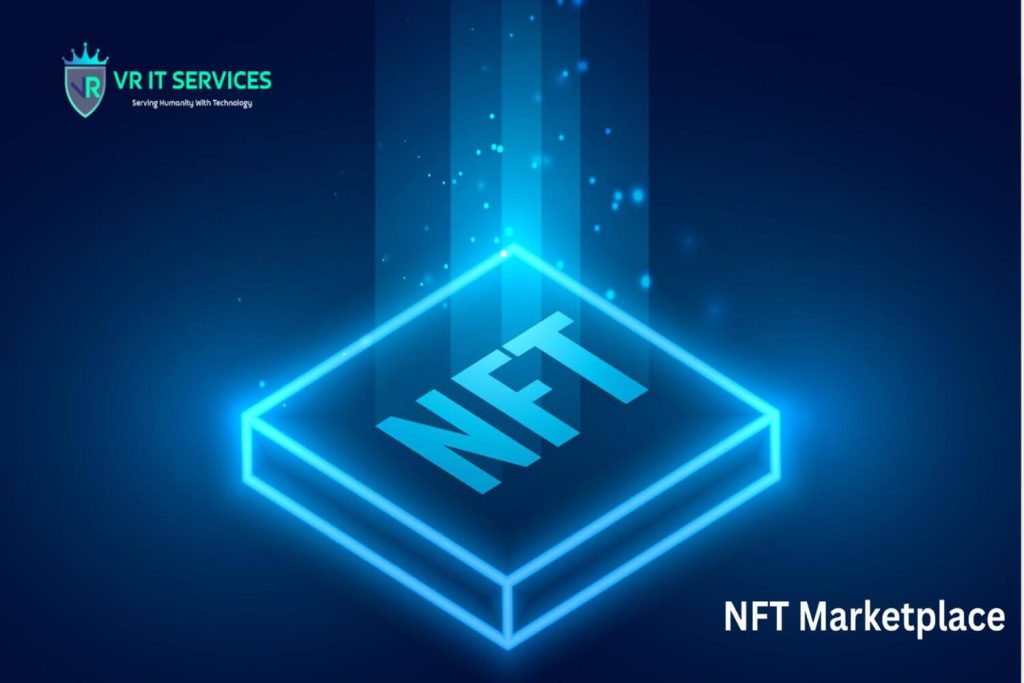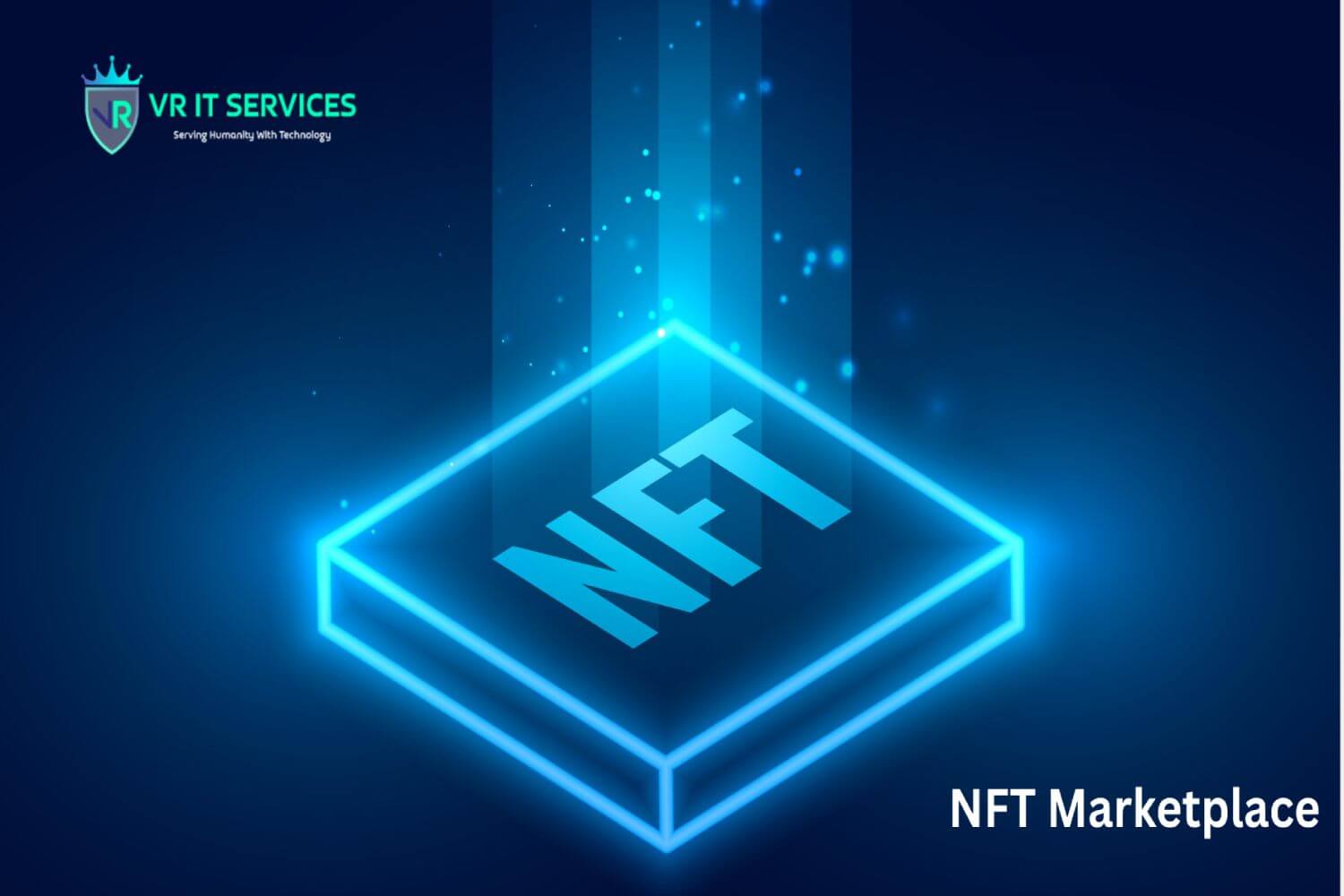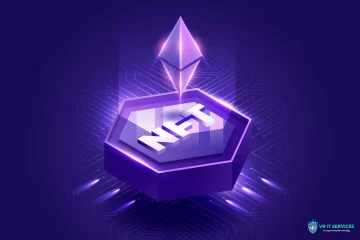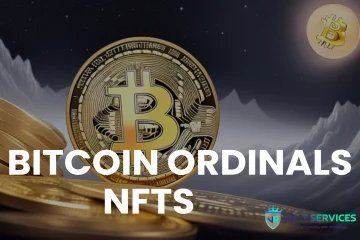In recent years, the gaming industry has been undergoing a massive transformation fueled by blockchain technology and the rise of NFTs (non-fungible tokens). As gaming continues to evolve, NFTs are reshaping how players interact with digital assets, virtual economies, and ownership rights. The fusion of gaming and blockchain has given rise to NFT Gaming Development, creating an entirely new ecosystem of opportunities for gamers, developers, and investors alike.
This comprehensive guide explores how NFTs are revolutionizing the gaming world, the role of the NFT Marketplace, and why non-fungible tokens are paving the way for the future of gaming.

Understanding NFTs and Non-Fungible Tokens
Before diving into NFT gaming, it’s important to understand what NFTs actually are.
Non-Fungible Tokens (NFTs) are unique digital assets stored on the blockchain that prove ownership and authenticity of a particular item. Unlike cryptocurrencies such as Bitcoin or Ethereum, which are fungible (one coin is equal to another), NFTs are unique and cannot be replaced on a one-to-one basis. Each NFT holds specific metadata and attributes that differentiate it from others.
In gaming, NFTs can represent items such as:
- Characters
- Weapons
- Costumes/skins
- Virtual real estate
- Digital collectibles
This uniqueness and verifiable ownership have made NFTs one of the most revolutionary technologies for gaming.
The Rise of NFT Gaming
The gaming industry has always been at the forefront of digital innovation. From the early days of arcade games to the modern world of immersive multiplayer experiences, games have continually evolved. The introduction of NFT Gaming Development is the next step in this evolution.
Traditional Gaming vs. NFT Gaming
In traditional gaming, players spend money on in-game assets, but they don’t actually own them. The items remain within the game’s ecosystem, controlled by the developers. Once the game shuts down, the purchased assets are lost forever.
In contrast, NFT gaming allows players to truly own their digital assets. By tokenizing in-game items as NFTs, gamers can:
- Buy, sell, or trade them in an NFT marketplace.
- Transfer items across different games (interoperability).
- Retain ownership of digital assets regardless of game shutdowns.
Play-to-Earn (P2E) Revolution
One of the most significant developments in NFT gaming is the Play-to-Earn (P2E) model. Unlike traditional games where players spend money without financial returns, P2E games reward users with NFTs or cryptocurrency that hold real-world value.
Examples include:
- Earning NFT-based characters or items by completing quests.
- Selling rare NFTs in a Marketplace for NFTs.
- Participating in blockchain-based tournaments with crypto rewards.
This model has empowered gamers worldwide, particularly in developing countries, to generate income through gaming.
NFT Gaming Development: How It Works
The development of NFT-based games requires integrating blockchain technology with traditional gaming mechanics. Developers are leveraging blockchain platforms like Ethereum, Solana, and Polygon to create scalable and secure NFT ecosystems.
Key Features of NFT Gaming Development
- Tokenized In-Game Assets – Unique skins, weapons, or characters represented as NFTs.
- Smart Contracts – Automated transactions and ownership transfers.
- Interoperability – Assets usable across multiple games.
- Scarcity and Rarity – Ensuring digital items hold long-term value.
- Secure Transactions – Blockchain ensures transparent and tamper-proof ownership.
By adopting these features, NFT gaming development companies are building ecosystems where both gamers and developers benefit.

The Role of NFT Marketplaces in Gaming
A critical component of NFT gaming is the NFT marketplace, where players can buy, sell, and trade their in-game assets.
How NFT Marketplaces Work
- Listing: Gamers can list NFTs for sale.
- Bidding: Buyers can place bids on rare or unique items.
- Trading: NFTs can be exchanged for cryptocurrency.
- Verification: Blockchain ensures authenticity and prevents duplication.
Popular marketplaces such as OpenSea, Rarible, and Axie Marketplace have become central to NFT gaming ecosystems, providing players with opportunities to monetize their digital assets.
Benefits of NFTs in Gaming
The integration of NFTs into gaming has opened doors to a wide range of benefits:
- True Ownership – Players own their digital assets, not the gaming company.
- Monetization Opportunities – Gamers can sell rare NFTs for profit.
- Transparency and Security – Blockchain ensures asset authenticity.
- Cross-Game Interoperability – NFTs can be used across different games.
- Long-Term Value – Scarcity and uniqueness drive higher asset values.
These benefits are reshaping the entire gaming landscape and creating new business models for both developers and players.
Challenges of NFT Gaming
While the potential of NFT gaming is immense, there are several challenges that need to be addressed:
- High Transaction Fees – On networks like Ethereum, gas fees can make trading expensive.
- Scalability Issues – Many blockchains face limitations in handling large volumes of transactions.
- Regulatory Concerns – Governments are still exploring how to regulate NFTs and crypto earnings.
- Environmental Impact – Proof-of-Work blockchains have been criticized for high energy consumption.
- Speculation and Volatility – NFT prices fluctuate rapidly, creating financial risks.
Popular NFT Games Leading the Industry
Several NFT-based games have already gained worldwide attention and demonstrated the potential of blockchain gaming:
- Axie Infinity: A pioneer in NFT gaming where players breed, battle, and trade NFT creatures.
- Decentraland: A virtual world where players can buy NFT-based land and build experiences.
- The Sandbox: A voxel-based game that allows users to create and monetize virtual assets.
- Gods Unchained: A trading card game built on blockchain, with cards represented as NFTs.
These games highlight how non-fungible tokens can enhance gaming experiences while also offering financial incentives.
The Future of NFT Gaming
The combination of NFTs, blockchain technology, and gaming is still in its early stages, but the future looks incredibly promising.
Predictions for the Future:
- Mainstream Adoption – More AAA studios will integrate NFTs into games.
- Cross-Platform NFTs – Gamers will use NFTs across multiple platforms and ecosystems.
- Evolving Marketplaces – Specialized NFT marketplaces for gaming will expand.
- Virtual Reality & Metaverse Integration – NFTs will play a central role in the metaverse.
- Enhanced Player Empowerment – Players will have greater control over digital economies.
As NFT gaming development continues to advance, the industry will see more innovation, wider adoption, and new opportunities for players and businesses alike.
Conclusion
NFTs are more than just a trend; they represent the future of digital ownership in gaming. By leveraging non-fungible tokens, the gaming industry is creating a paradigm shift where players can truly own, trade, and monetize their digital assets. With the rise of NFT Gaming Development, players are no longer just participants in virtual worlds – they are stakeholders in thriving digital economies.
The growth of NFT marketplaces ensures that these assets retain real-world value, making gaming more rewarding than ever before. While challenges remain, the future of gaming lies in blockchain-powered ecosystems where NFTs unlock new possibilities for both gamers and developers.
As technology continues to evolve, one thing is clear: NFTs and gaming are set to revolutionize the digital landscape, ushering in a new era of true digital ownership.




